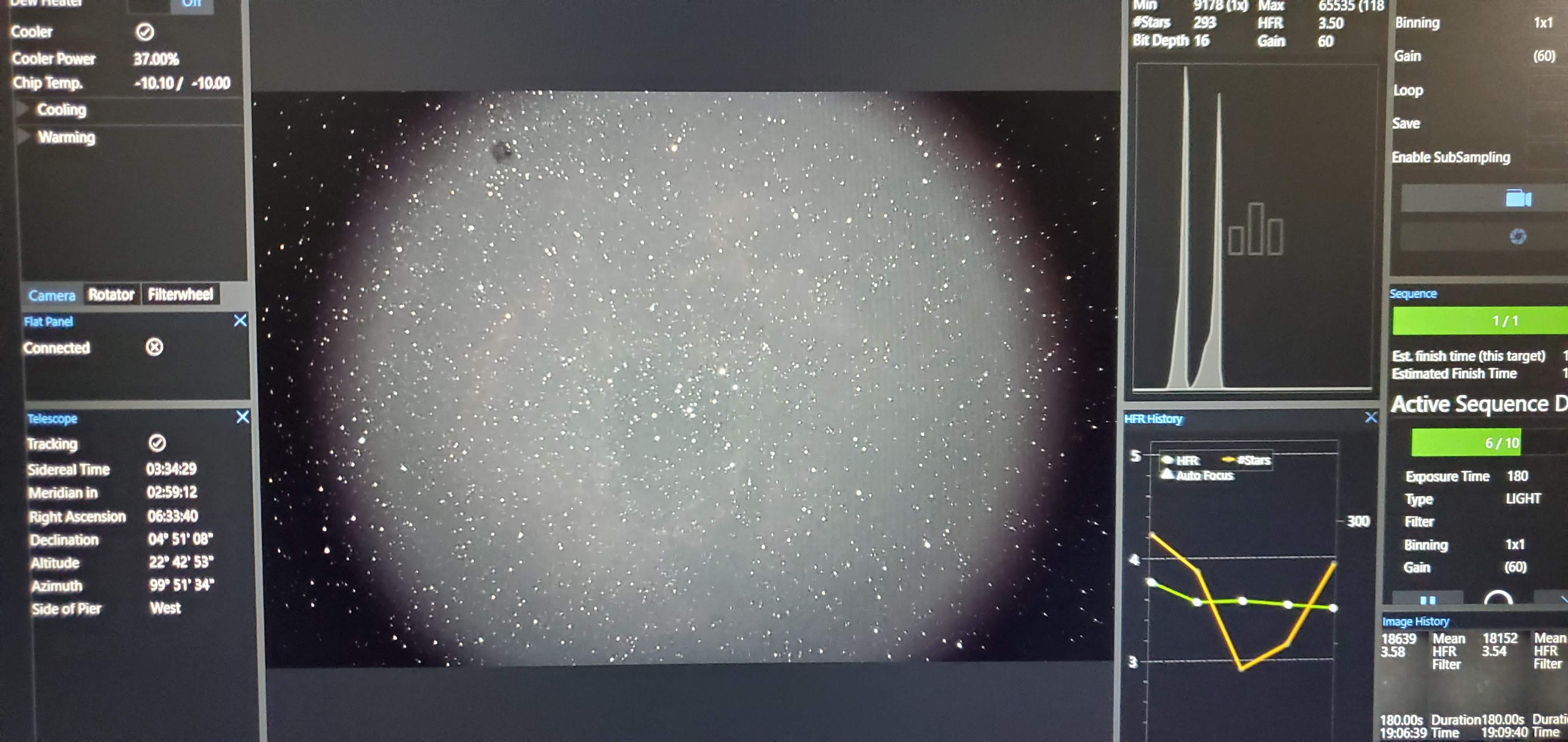Have a new Rasa 11 v2 with a ASI2600MC pro.
All the images I have taken look like this!
The center is much brighter then the edges. I have adjusted the gain, changed filters, tried different exposure times but nothing!
Any help would be greatly appreciated

All the images I have taken look like this!
The center is much brighter then the edges. I have adjusted the gain, changed filters, tried different exposure times but nothing!
Any help would be greatly appreciated



